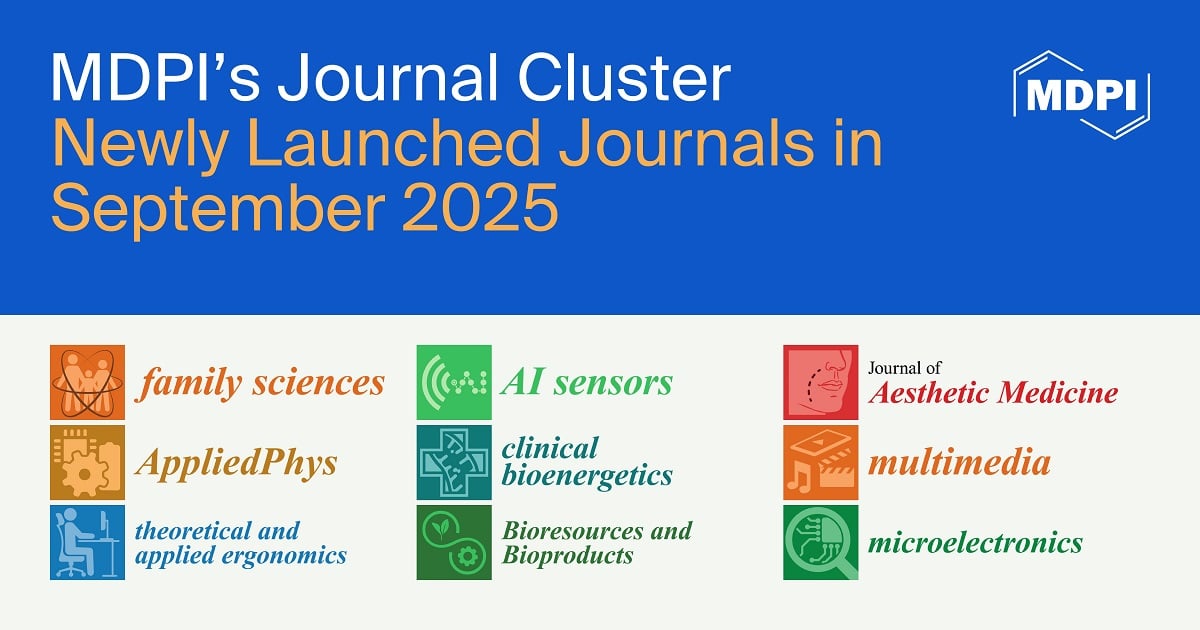We adapt previous conceptual and numerical models of ciguateric food chains for the bioaccumulation of Pacific-ciguatoxin-1 (P-CTX-1) to a general model for bioaccumulation of P-CTX3C by parrotfish (
Scarus frenatus,
S. niger, and
S. psittacus) that feed by scraping turf algae, and surgeonfish (
Naso unicornis) that mostly feed on macroalgae. We also include the Indian Ocean parrotfish
Chlorurus sordidus as a model for an excavator feeding parrotfish and include comparisons with the detritivorous surgeonfish
Ctenochaetus striatus that brush-feeds on turf algae. Our food chain model suggests that, of the
Gambierdiscus and
Fukuyoa species so far analysed for ciguatoxin (CTX) production from the Pacific, only
G. polynesiensis produces sufficient P-CTX3C to consistently produce parrotfish or
N. unicornis with poisonous flesh. Our model suggests that insufficient CTX would accumulate into the flesh of parrotfish or
N. unicornis to become poisonous from ingesting benthic dinoflagellates producing ≤0.03 pg P-CTX3C eq./cell, except from extended feeding times on high-density blooms and in the absence of significant depuration of CTX. Apart from
G. polynesiensis, only
G. belizeanus and possibly
G. silvae and
G. australes are thought to produce >0.03 pg P-CTX3C eq./cell in the Pacific. However, with relatively low maximum concentrations of ≤0.1 pg P-CTX3C eq./cell it is likely that their contribution is minimal. Our model also suggests that the differences between the area of turf algae grazed by parrotfish and similar sized
C. striatus results in greater accumulation of CTX by this surgeonfish. This makes
C. striatus a higher ciguatera risk than similar sized parrotfish, either directly for human consumption or as prey for higher trophic level fishes, consistent with poisoning data from Polynesia. It also suggests the possibility that
C. striatus could bioaccumulate sufficient CTX to become mildly poisonous from feeding on lower toxicity
Gambierdiscus or
Fukuyoa species known to produce ≥0.02 P-CTX3C eq./cell. This indicates the potential for at least two food chain pathways to produce ciguateric herbivorous fishes, depending on the CTX concentrations produced by resident
Gambierdiscus or
Fukuyoa on a reef and the grazing capacity of herbivorous fish. However, only
G. polynesiensis appears to produce sufficient P-CTX3C to consistently accumulate in food chains to produce higher trophic level fishes that cause ciguatera in the Pacific. We incorporate CTX depuration into our model to explore scenarios where mildly poisonous parrotfish or
N. unicornis ingest CTX at a rate that is balanced by depuration to estimate the
Gambierdiscus/
Fukuyoa densities and CTX concentrations required for these fish to remain poisonous on a reef.
Full article

































